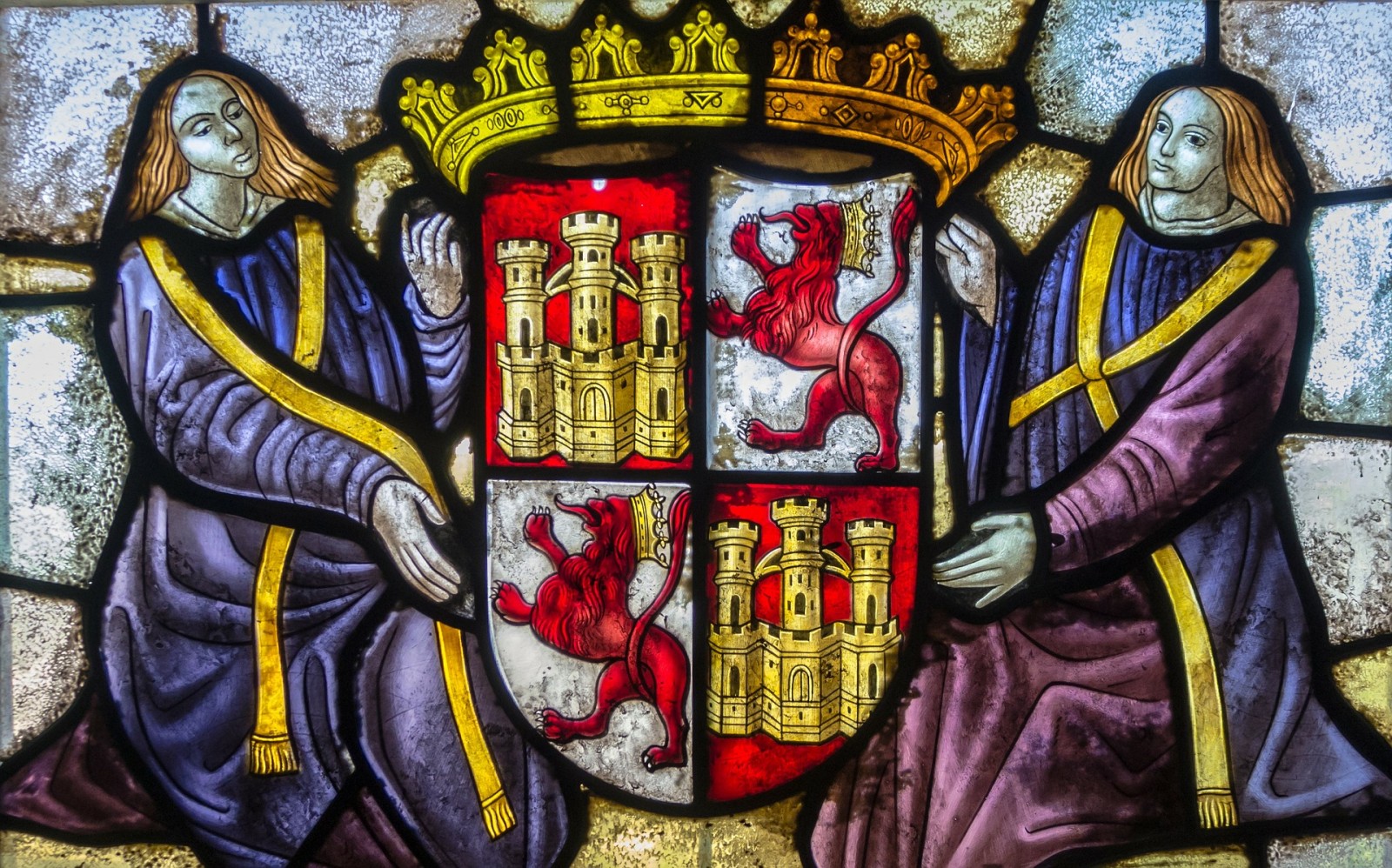The city of Malaga is considered as one of Europe’s oldest cities and has known how to adapt to the different cultures which have controlled it. The extensive history of Malaga has unquestionably been one of the main conditioning factors that have made it an open, cosmopolitan city which is highly attractive for tourists from around the world due to its many attractions.
In this article of our Malaga Guide, we’ll give you a brief overview of its extensive, fascinating history, which you can complement with the article in which we discuss Malaga’s monuments.
The History of Malaga since its origins
The history of Malaga officially begins with the Phoenicians, who founded the city many years ago. In recent decades, however, vestiges of previous prehistoric civilizations have been unearthed in several parts of the province. There are therefore well-grounded doubts suggesting that the history of Malaga may have commenced even before the coming of the Phoenicians.
Phoenicians and Greeks in Malaga
The history of Malaga began around 800 BC, when the Phoenicians founded the city of Malaka. They began to trade with small native settlements in the area and the city of Malaka became an important trading hub.
To a large extent, this was due to its outstanding natural port at the foot of Mount Gibralfaro, but also because there were many silver and copper mines in the city.
A Greek colony called Mainake was founded around 600 BC in the easternmost part of the province of Malaga, which would disappear after the battle of Alalia in 535 BC. Despite this, Greek trade was of great importance along the entire Malaga and Granada coastline.
The Phoenician settlement’s heyday lasted until 550 BC and was based on trade and exploiting the province’s territory.
Carthaginians and native people
Other cultures appear in the history of Malaga in the second half of the 6th century BC, when the Phoenicians started to abandon their settlements and the Carthaginians began to create a trading empire along the coastline.
The Carthaginians defeated the Greeks in the battle of Alalia in 535 BC and managed to take total control of trade in southern Spain.
The Roman conquest
Malaka had become the area’s undisputed trading capital, which is why it become a military outpost as from 237 BC, the last years of Carthaginian dominance.
What became known as the Second War Punic began after the Carthaginians broke the treaty they had signed with the Romans. There was already a significant presence of Roman armies in Andalusia in 214 BC and the Carthaginians finally handed over the last city under their control to the Romans in 206 BC.
The Romans unified the coastal and interior colonies under Roman power. From then on until the fall of the Roman Republic, Malaga lived in peace, except for some local rebellions. Moreover, Malaka officially became a Roman city in 81 BC and a period of great wealth and prosperity ensued in the history of Malaga.
History of Malaga in the Middle Ages
The history of Malaga continued even after the fall of the Roman Empire in 476 AD. A period of great instability then ensued in the territory of Malaga, which led to the fall of many cities.
The Visigoths
The Byzantines arrived in 552 AD with the intention of reviving the Roman Empire, but their dominance lasted just a few years. The city was sacked and conquered by the Visigoths in 615 AD and the entire Iberian Peninsula came under their control.
The Muslim conquest
This part of Malaga’s history is quite well-known. In the middle of the eighth century, the Muslims invaded the Iberian Peninsula from North Africa and conquered the city. Malaga then underwent a period of peace and prosperity, beginning a period of expansion during which its population reached 20,000 inhabitants. It thus become one of the Iberian Peninsula’s most populated cities.
Malaga was incorporated into the Nazari kingdom of Granada in 1026 and remained under its control until it was conquered by the Catholic Monarchs. Trade in Malaga reached its peak during this period.
Incorporation into the Crown of Castile
Malaga was reconquered by the Catholic Monarchs in 1487, an event which would later lead to the creation of the modern province of Malaga. This was a mortal blow for the Nazari kingdom of Granada, as it had lost its main seaport.

Modern and contemporary era
Between the 16th and 17th centuries, the city underwent a period of instability due to epidemics, natural catastrophes and other reasons. Despite this, wine and raisin exports rose, and the city became highly important.
An important era of industrial development began for Malaga in the 19th century. At the same time, there were many rebellions as a result of the area’s political instability. A plague affecting its crops, however, would devastate the province’s industry.
The city’s population underwent a significant crisis in the 20th century, when it endured hunger and poverty. Moreover, it suffered attacks and bombardments in 1936 during the Spanish Civil War.
The city then suffered the hardships of Franco’s dictatorship, but opened itself up to the world once more in 1960 and the first tourists began to arrive in the city.
Malaga today

Today Malaga forms part of the Andalusia Regional Authority and is divided into 103 local authorities and nine counties. Its economy revolves around tourism and the services sector.
The province enjoys more than 300 days of sunshine a year, mild temperatures and wonderful attractions, most of which are a legacy of the history of Malaga, making it one of Spain’s premier tourist destinations and over 10 million people decide to visit it each year.